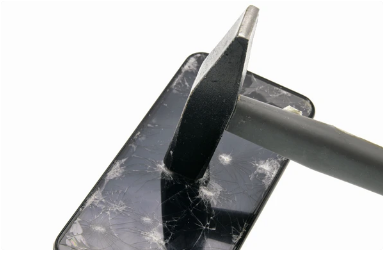
Material testing
Ultra-low temperatures play a crucial role in testing the mechanical properties and performance of materials used in electronics, mobile devices, and raw materials like plastics. By simulating extreme cold environments, these tests help ensure the reliability and durability of products that will be exposed to freezing temperatures or harsh conditions during use.
Plastics and polymers are widely used in consumer electronics, packaging, and various industrial applications. At ultra-low temperatures, many plastics can become brittle, losing their flexibility and structural integrity. This is particularly important for materials used in cell phones, laptops, and other electronics, where temperature changes can cause cracking or breakage.
By exposing materials to low temperatures, manufacturers can evaluate the tendency of materials to crack or shatter under stress in cold environments or the ability to absorb energy from impacts or drops in freezing conditions, ensuring that components like phone cases, screens, or plastic housings won’t crack or break during use in cold weather.
Testing of the physical proporties and performance in cold conditions are used for numerous applications. Below are a few examples:
- Electronic devices such as smartphones, tablets, and laptops
- Solder joints and connections
- Battery performance
- Material expansion and contraction
- Assessing durability of coatings and encapsulation Materials
- Adhesive Strength
- Encapsulation Stability
- Plastic and Rubber Seals for Electronics